How to Prepare Your Boat for a Safe, Fun and Successful Diving Expedition
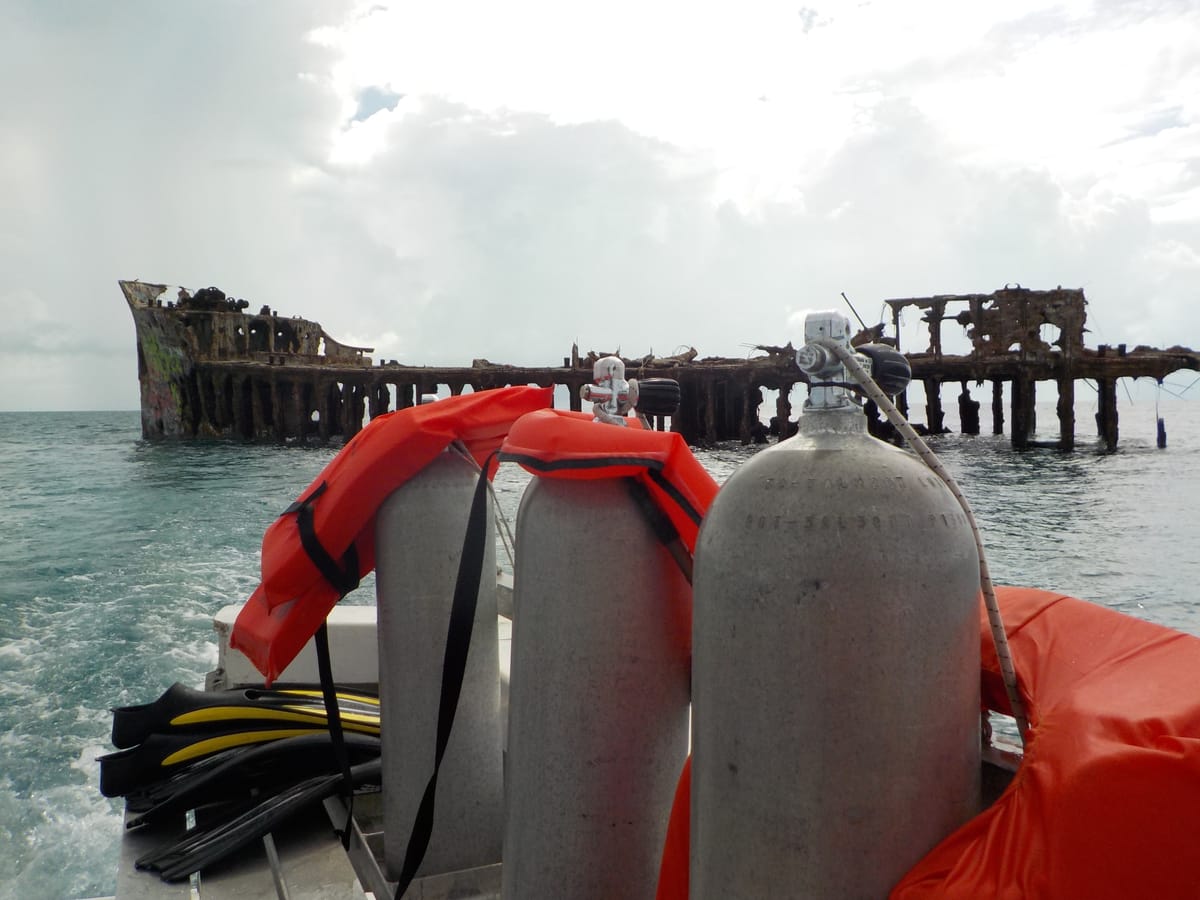
Whether you’re exploring vibrant coral reefs, shipwrecks, or deep underwater caverns, a diving expedition requires careful preparation. This is especially true when it comes to your boat.
Ensure that your vessel is ready for a diving and snorkeling expedition before you head out from the marina, or private boat slip rental not only guarantees a smoother experience, it enhances safety for everyone on board.
Here's a guide to prepare your boat for an unforgettable underwater adventure for destinations from Belize to Bermuda and the Florida Keys to the BVIs.
1. Pre-Trip Boat Maintenance
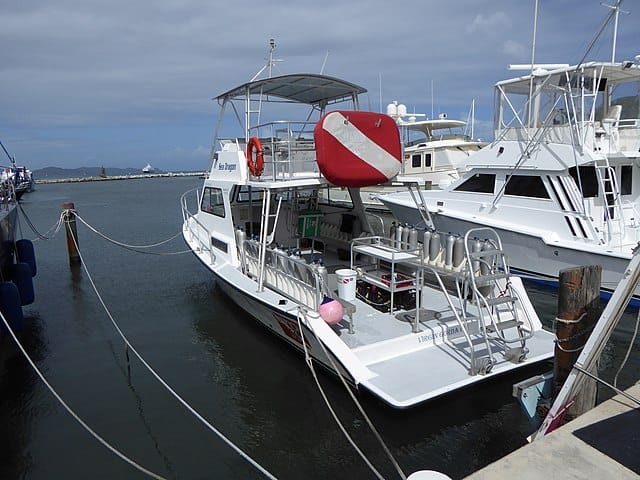
Before embarking on a diving trip, it’s essential to thoroughly check your boat’s systems and components.
- Inspect the Engine: Check the engine oil, coolant levels and fuel filtersto ensure your engine is running smoothly. If possible, perform a test run before you leave your boat lift rental for the day.
- Check Navigation and Electronics: Accurate navigation is critical, especially when heading to dive sites far from shore, marinas and private boat dock rentals. Ensure your GPS, depth finder, VHF radio and other navigational tools are working correctly.
- Examine the Hull: Inspect the hull for any cracks, blisters or damage. Ensure the hull is clean to minimize drag and improve efficiency.
- Safety Equipment Check: Verify that life jackets, fire extinguishers, flares and first-aid kits are in good condition and easily accessible. Ensure the boat has emergency oxygen and a comprehensive medical kit designed for diving emergencies.
2. Prepare Dive-Specific Equipment
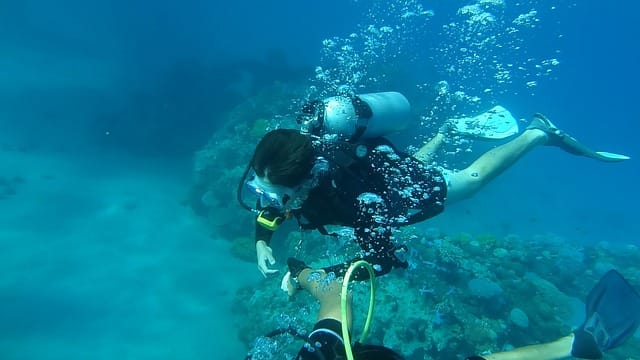
Diving expeditions require additional gear that may not be needed for regular boating. It’s vital to prepare and organize these items beforehand.
- Tank Racks and Storage: Install secure tank racks to keep scuba tanks from rolling around and getting damaged. Tanks should be secured upright and easily accessible for divers.
- Diving Ladder: A sturdy and stable diving ladder is essential. Choose a ladder designed specifically for diving, as it needs to support a diver's weight with full gear.
- Gear Rinse Station: Set up a freshwater rinse station to clean masks, regulators and other dive gear. This helps prevent saltwater corrosion and keeps gear in optimal condition.
- Weight and Gear Storage: Allocate a designated area for dive weights, fins, masks, and other accessories. Keep the area organized to avoid tripping hazards and ensure a quick setup.
3. Plan Your Dive Sites and Routes

Knowing where you’re going and what to expect at each dive site is a crucial part of a successful expedition.
- Research Dive Sites: Check the weather, tides and currents for your planned dive sites. Look for local dive reports or contact local dive shops for the latest conditions.
- Create a Dive Plan: Outline your dive plan, including entry and exit points, depth limits and estimated dive times. Share this plan with everyone on board. Make sure someone on land has your float plan before you leave the private boat slip for rent, ramp or marina.
- Mark Your GPS Coordinates: Preload the GPS coordinates of the dive sites and have a backup navigation method in case of equipment failure.
- Go Green: Use eco-friendly boating procedures as you travel along the coast and across coral reef systems.
4. Ensure Proper Safety Protocols
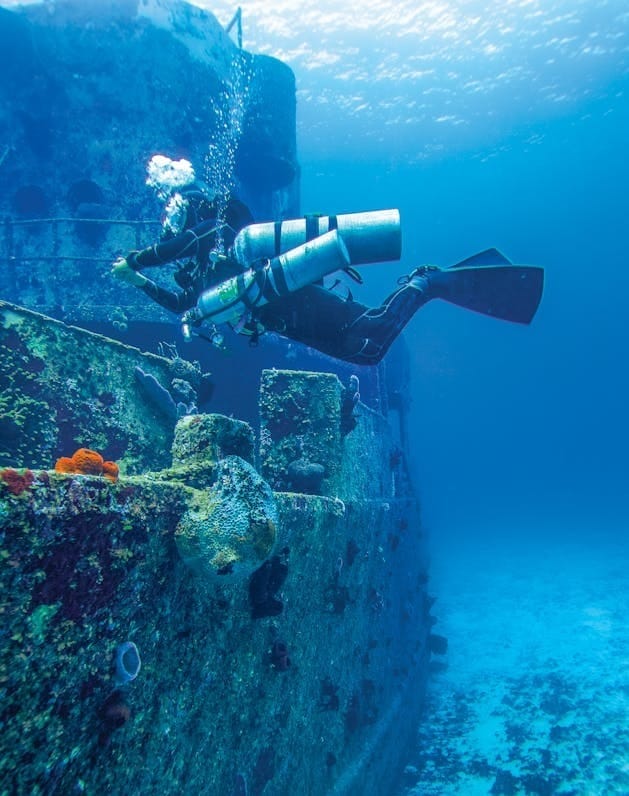
Safety is paramount on a diving expedition. Preparing your boat for emergencies by having life jackets, fire extinguishers, PLBs and EPIRBs can save lives.
- Dive Flags and Buoys: Bring a dive flag and surface marker buoys (SMBs). The dive flag alerts other boaters that there are divers in the water. The SMBs help divers mark their position when they surface.
- Emergency Ascent Line: Attach an emergency ascent line with a buoy to the back of the boat. This gives divers a reliable reference point if they need to make an emergency ascent.
- Oxygen and First Aid: Ensure you have emergency oxygen and a dive-specific first aid kit. The kit should include bandages, antiseptics, defogger and spare O-rings.
5. Organize and Communicate with Your Crew
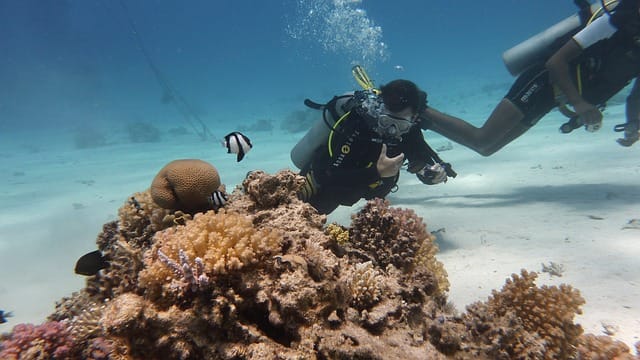
Diving trips often involve several people. Different responsibilities can be given to each person. A clear plan and good communication make for a smooth experience:
- Designate Roles: Assign tasks to each crew member. Have a lookout who watches for surfacing divers, a gear handler and a safety coordinator who monitors dive times and air supply.
- Brief Your Team: Before diving, conduct a safety briefing. Discuss the dive plan, emergency procedures and hand signals. Ensure everyone knows where the safety gear and emergency oxygen are located.
- Maintain a Dive Log: Keep a dive log onboard to track dive times, depths and other important information. This helps monitor diver safety and maintain a record of the trip.
6. Prepare for Post-Dive Procedures
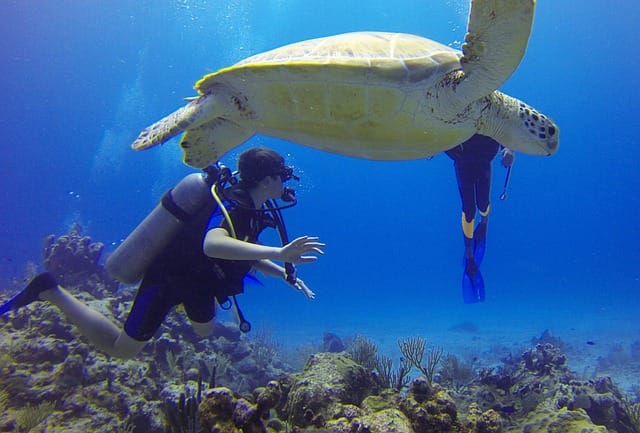
After a fun and successful dive, properly handling equipment and passengers is necessary to maintain safety and comfort.
- Rinse Gear Thoroughly: Saltwater can damage equipment. Rinse all gear, including tanks, masks and regulators, with freshwater immediately after use. If possible, don’t wait until you’re back at the marina or private boat lift rental, as salt can dry and corrode your gear.
- Check for Decompression Symptoms: Watch for signs of decompression sickness, such as joint pain or dizziness. Make sure everyone follows safe ascent procedures and allows time for off-gassing before returning to shore.
- Debrief and Log Dives: After you’ve returned to the marina or private boat slip for rent, have a post-dive debrief to review the dive, discuss any issues and log the details. This is an excellent time to share observations and plan the next dive.



